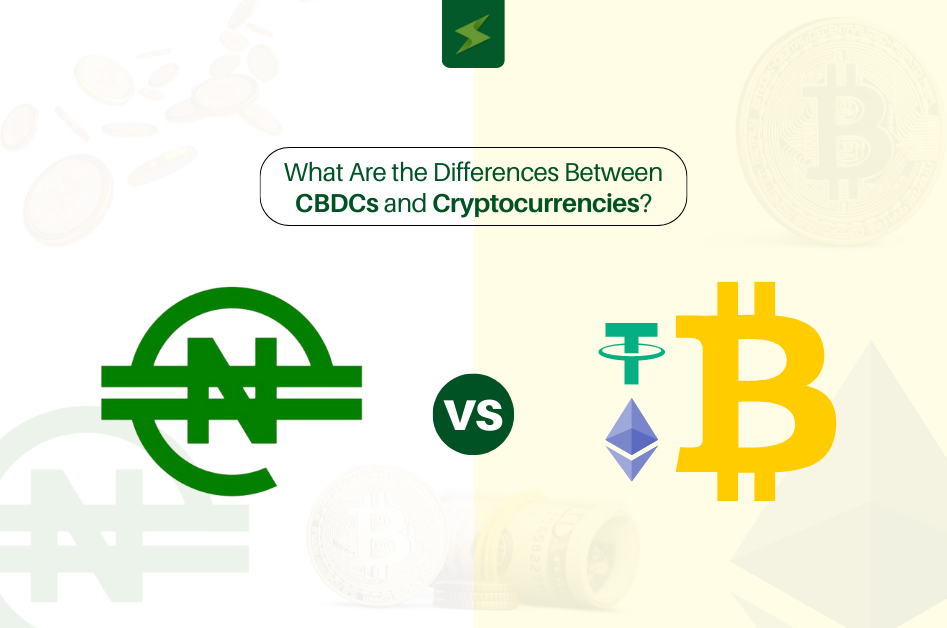
You and I are currently experiencing a paradigm shift in the banking and finance industry. The advent of cryptocurrency has forced banks and financial institutions to rethink their business models and adopt new financial solutions. Central Bank Digital Currencies (CBDCs) are now issued by central banks as a form of digital currency. People got confused about whether this innovation is the same as cryptocurrencies. It is, therefore, necessary to distinguish between cryptos and CBDCs in light of this development.
What do CBDCs mean?
CBDCs is an abbreviation for Central bank digital currencies. They are digital representations(digital tokens) of fiat currencies of the apex bank of a country. They are pegged to the value of a country’s fiat currency.
Although physical currency is still widely exchanged and accepted, some developed countries have experienced a significant decrease in its use, and that trend accelerated during the COVID-19 pandemic. There are two major types of CBDCs, wholesale and retail. An example of a CBDC is the eNaira.
What do Cryptocurrencies mean?
Cryptocurrencies are basically digital currencies in which transactions are verified and records maintained by a decentralized system using cryptography, rather than by a centralized authority.
“Crypto” refers to the various encryption algorithms and cryptographic techniques that safeguard these entries, such as elliptical curve encryption, public-private key pairs, and hashing functions. They are not pegged to the value of any country’s fiat currency. They derive their value from their own blockchain and speculations of people based on its perceived value.
After getting a glimpse of what they both stand for, we can now proceed to the distinct differences they both have and here are some of them:
- Cryptocurrencies aren’t owned by any entity. They are decentralized. CBDCs on the other hand are centralised and are controlled by the central bank of a country.
- CBDCs can’t be mined; they’re created on an as-needed basis by banks. Cryptocurrencies can be mined through dedicated computer systems—and new ones are being created all the time!
- CBDCs have no intrinsic value (they’re backed by government fiat currency), while cryptocurrencies do have intrinsic value in most cases.
- CBDCs don’t allow for peer-to-peer transactions; cryptocurrencies do. You can exchange your cryptocurrency in units on peer-to-peer and Crypto exchange platforms. An example of a reliable crypto exchange platform is SekiApp.
- Central bank digital currencies are most times unveiled as a measure to reduce the reliance on cash and tackle the problem of high inflation in emerging economies. Cryptocurrencies increase financial inclusion and make borderless payment easy without going through the hassle of financial institutions’ complicated onboarding process.
It’s understandable why there is some confusion between CBDCs and cryptocurrencies. They actually do have a lot in common, but they are ultimately two very different things. The differences are important to keep in mind if you ever need clarification, so hopefully this blog has helped you out on that front.









